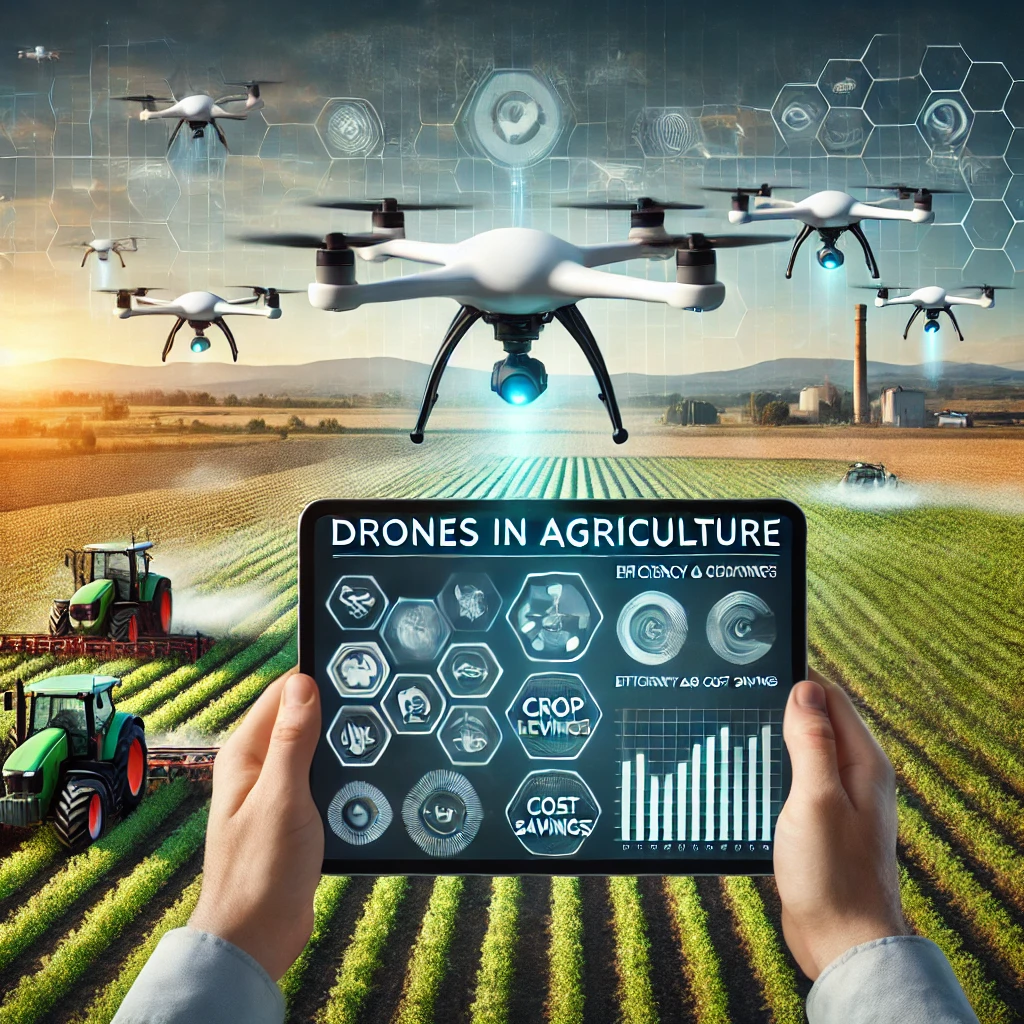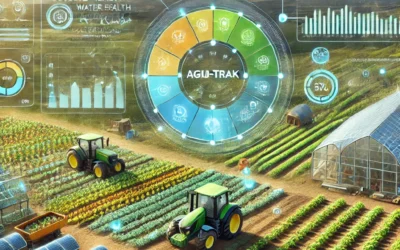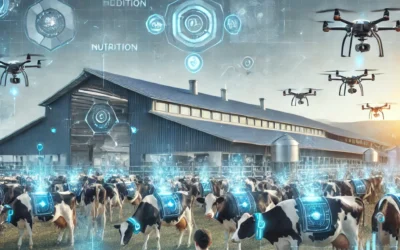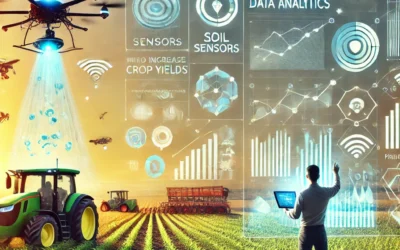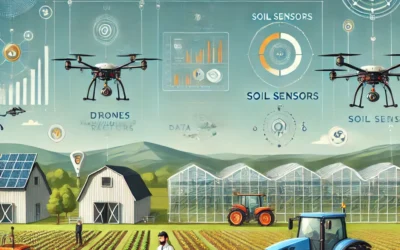Drones, or unmanned aerial vehicles (UAVs), have become a transformative tool in agriculture, offering farmers new ways to monitor and manage their crops with precision and efficiency. These aerial devices are equipped with advanced sensors and cameras that can capture real-time data about crop health, soil conditions, and irrigation needs. By providing a bird’s-eye view of the farm, drones help farmers make more informed decisions and optimize resource use. In this article, we will explore how drones are enhancing efficiency and creating cost savings in modern agriculture.
1. Crop Monitoring and Health Assessment
One of the primary uses of drones in agriculture is crop monitoring. Drones equipped with multispectral and thermal cameras can capture detailed images of fields, revealing variations in plant health that are not visible to the naked eye. These images can help farmers identify areas of stress, such as nutrient deficiencies, pest infestations, or disease outbreaks, long before they spread.
By using drones to monitor crops, farmers can take targeted action, applying fertilizers, pesticides, or water only where needed. This not only improves crop health but also reduces the amount of inputs used, resulting in cost savings. Additionally, drones can cover large areas of farmland quickly, saving time compared to manual inspections.
2. Precision Irrigation
Water management is a critical aspect of farming, and drones can help farmers optimize their irrigation practices. Equipped with thermal cameras, drones can detect variations in soil moisture levels across a field. This allows farmers to identify areas that are either too dry or too wet and adjust their irrigation systems accordingly.
By using drones to monitor soil moisture, farmers can reduce water waste and ensure that crops receive the optimal amount of water. This is particularly valuable in regions where water is scarce or expensive. Precision irrigation not only conserves water but also leads to healthier crops and higher yields, ultimately boosting profitability.
3. Pest and Weed Control
Drones are also being used to improve pest and weed management. By capturing high-resolution images of crops, drones can identify early signs of pest infestations or weed growth. This allows farmers to take quick action, applying treatments only where necessary, rather than spraying entire fields.
In some cases, drones can even be used to apply pesticides or herbicides directly. This targeted approach reduces the amount of chemicals used, lowering input costs and minimizing the environmental impact of farming. By catching problems early and applying treatments precisely, farmers can protect their crops more effectively while reducing costs.
4. Field Mapping and Data Analysis
Drones can create detailed maps of agricultural fields, providing farmers with valuable data on soil conditions, topography, and crop health. These maps can be used to analyze the performance of different areas of the field and identify factors that may be affecting crop yields.
For example, a field map might reveal that certain areas of the farm have poor drainage or compacted soil, leading to reduced plant growth. By addressing these issues, farmers can improve overall field productivity. Additionally, the data collected by drones can be integrated with farm management software, allowing farmers to track trends over time and make more informed decisions.
5. Cost Savings and Return on Investment
While the initial investment in drone technology may seem high, the long-term cost savings can be significant. Drones reduce the need for manual labor, lower input costs by enabling more precise application of fertilizers and chemicals, and help conserve water through precision irrigation. These efficiency gains translate into higher yields and lower operating costs, making drones a valuable investment for farmers.
Moreover, drones can cover large areas of farmland quickly, reducing the time and effort required for crop monitoring and management. This allows farmers to focus on other tasks, increasing overall farm productivity. The data collected by drones also helps farmers make smarter decisions, leading to better outcomes and a higher return on investment.
Conclusion
Drones are revolutionizing agriculture by providing farmers with new ways to monitor and manage their crops more efficiently. From crop health assessment and precision irrigation to pest control and field mapping, drones offer a range of benefits that lead to cost savings and improved productivity. As drone technology continues to advance, farmers who adopt these tools will be better equipped to meet the challenges of modern agriculture and stay competitive in a rapidly changing industry.

